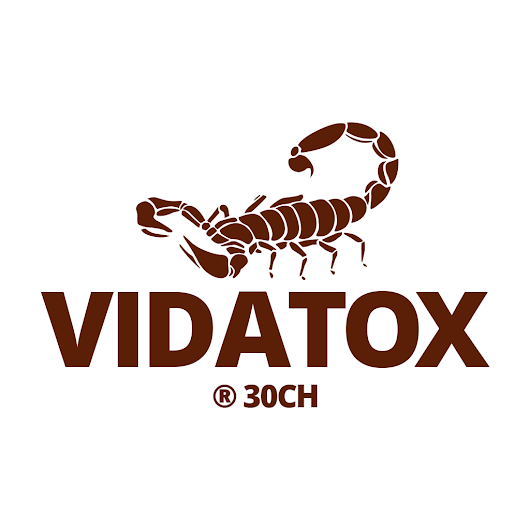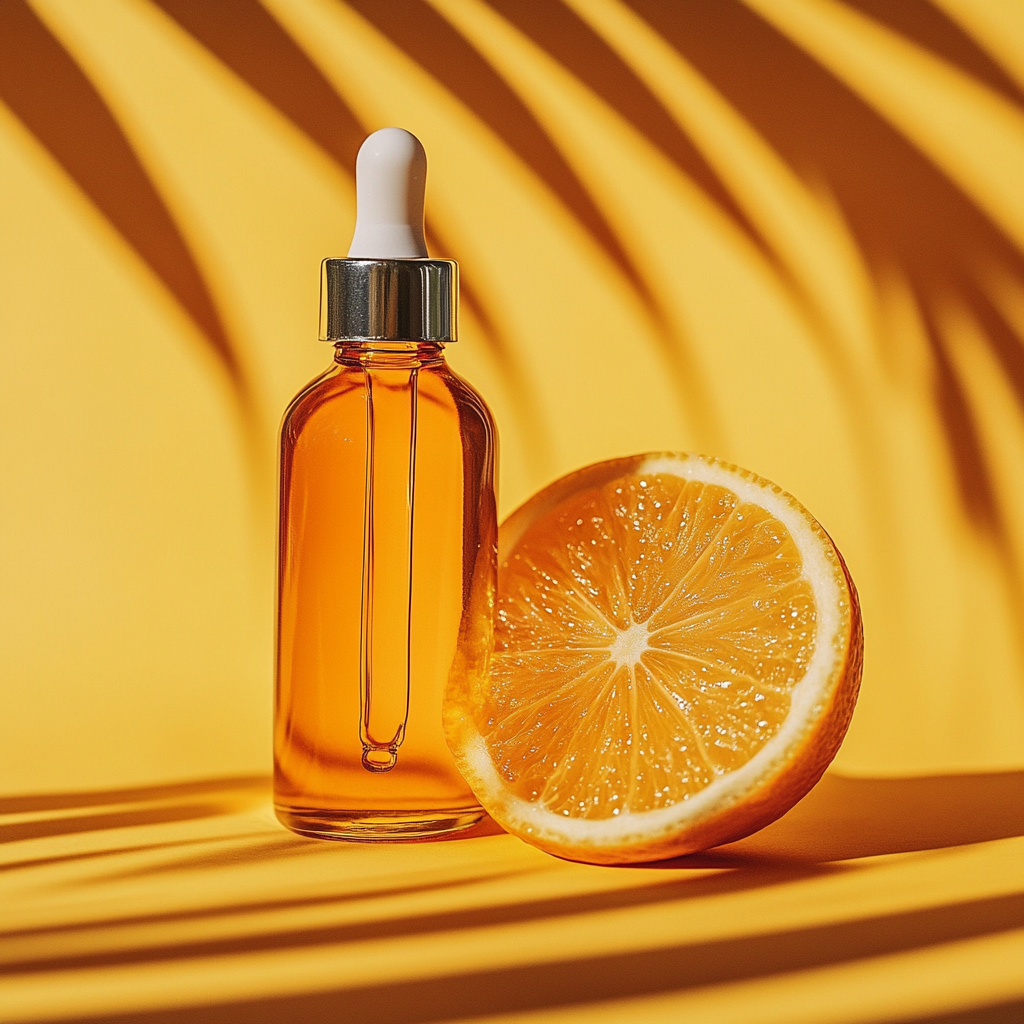Vidatox: Everything You Need to Know About the Cuban Blue Scorpion Venom Remedy
Vidatox, often described as an innovative homeopathic medical product derived from blue scorpion venom, has gained global attention for its reported anti-tumor, anti-inflammatory, and pain-relieving properties.
Developed in Cuba, this supplement—officially known as Vidatox 30CH—is believed by some practitioners to help support the body’s detoxification and immune functions, particularly for patients undergoing oncological treatments. Yet, controversy surrounds its efficacy, as standard medical organizations worldwide have not uniformly recognized Vidatox as an official cancer treatment.
In this extended guide, we delve into the history, composition, claimed benefits, controversy, and distribution of Vidatox, summarizing the most widely discussed findings and perspectives.
Whether you are curious about alternative remedies or seeking complementary options for a health condition, understanding Vidatox’s origins, research background, and limitations is essential for making informed decisions.
Table of Contents
- Introduction: What Exactly Is Vidatox?
- The Blue Scorpion: Rhopalurus junceus and Its Venom
- Origin and Development: How Cuban Researchers Created Vidatox
- Reported Properties and Mechanisms of Action
- Production and Availability of Vidatox
- Clinical Research and Trials
- Comparison: Vidatox vs. Other Scorpion Venom Products
- Claimed Benefits in Oncological and Non-Oncological Settings
- Usage Guidelines and Dosage Considerations
- Potential Controversies and Criticisms
- Frequently Asked Questions (FAQ)
- Key Takeaways
- Disclaimer
1. Introduction: What Exactly Is Vidatox?

Vidatox is typically referred to as a homeopathic or complementary remedy, formulated from the venom of the Cuban blue scorpion (Rhopalurus junceus). It originated through Cuban research efforts to explore novel ways of supporting patients with cancer.
Although frequently marketed in various regions as a health supplement or adjunct therapy, Vidatox has not received uniform regulatory approval across the globe as a primary cancer treatment.
Key Points:
- Designed and produced in Cuba, primarily by the Labiofam pharmaceutical enterprise.
- Often sold under the label Vidatox 30CH, referencing a homeopathic dilution factor.
- Promoted as supportive in oncology for its purported anti-inflammatory, analgesic, and detoxifying properties.
The product garnered worldwide attention when initial studies suggested it may possess anti-tumor activity. However, it remains a controversial therapy, praised by some users for perceived health improvements but questioned by many within the mainstream medical community due to limited large-scale, peer-reviewed evidence.
2. The Blue Scorpion: Rhopalurus junceus and Its Venom

2.1 Species Overview
Vidatox from the Rhopalurus junceus scorpion—often referred to as the Cuban blue scorpion—inhabits predominantly the eastern parts of Cuba. Recognized by its characteristic bluish tail, this species is considered endemic to the island. Because of its limited natural range and status in local conservation listings, specialized farming or controlled environments have been established to ethically collect its venom.
2.2 Venom Collection
- Humane Extraction: On specialized farms, scorpions are maintained in conditions mimicking their natural habitats. A mild electrical stimulus is used to obtain tiny amounts of venom.
- Limited Yield: A single scorpion can produce enough venom for Vidatox extraction only once every 40 to 50 days, leading to relatively small production runs.
- Conservation Efforts: Since Rhopalurus junceus is a protected species in Cuba, strict regulations exist to prevent overharvesting and ecological harm.
3. Origin and Development: How Cuban Researchers Created Vidatox
3.1 Early Investigations
Interest in blue scorpion venom’s medical potential began in 1997, when Cuban scientists embarked on systematic studies to examine its biochemical composition. Over the course of fifteen years, researchers:
- Conducted in vitro laboratory assays to identify possible anti-tumor and anti-inflammatory substances in the venom.
- Analyzed the venom’s low-molecular-weight proteins and peptides that could influence cancer cell development.
3.2 Clinical Trials and Official Registration

By 2012–2013, a series of clinical observations and experimental studies had been undertaken involving approximately 10,000 patients from Cuba, Europe, and the United States. Based on these findings:
- Cuban authorities granted local recognition for Vidatox’s distribution as a complementary product.
- Labiofam, a Cuban pharmaceutical and biotech company, emerged as the primary manufacturer.
- Vidatox subsequently gained an international certificate in some countries, allowing selective exports while maintaining its classification as a complementary or alternative remedy rather than a certified pharmaceutical drug.
4. Reported Properties and Mechanisms of Action
Although definitive mechanisms continue to be researched, proponents of Vidatox highlight several potential actions:
- Anti-Tumor Support:
The venom is believed to target certain enzymes or pathways that facilitate angiogenesis—the formation of blood vessels within tumors. By inhibiting or disrupting these pathways, the tumor’s growth capacity might decrease over time. - Anti-Inflammatory Effects:
Low-molecular-weight peptides in the venom are proposed to reduce inflammation and potentially ease discomfort related to cancer or other chronic conditions. - Analgesic (Pain-Relief) Impact:
Some users report experiencing pain relief after starting Vidatox, leading to the belief that venom peptides possess analgesic qualities. - Detoxification:
A subset of clinicians in Cuba suggests that Vidatox may help trigger the body’s detox mechanisms, improving overall energy and metabolic function.
Critically, while these hypothesized mechanisms are interesting, rigorous peer-reviewed studies are relatively scarce, and many mainstream oncologists caution against viewing Vidatox as a standalone or curative agent.
5. Production and Availability of Vidatox
5.1 Labiofam’s Role
- Specialized Extraction: Labiofam’s farms replicate the scorpion’s natural environment, using mild electric stimuli to harvest venom.
- Manufacturing Process: The raw venom undergoes dilution and homeopathic processing (labelled as “30CH”), meaning the final product is heavily diluted according to homeopathic principles.
5.2 Global Distribution
- Official Distributors: Certain authorized importers and distribution partners claim to supply “genuine” Vidatox from Cuba.
- Limited Quantities: Due to the slow, careful extraction process, supply can be relatively scarce.
- Regulatory Status: Regulations vary by country. In some regions, Vidatox is available for purchase only as a dietary supplement; in others, it may be marketed similarly to homeopathic remedies.
6. Clinical Research and Trials
Although about 10,000 individuals reportedly participated in observational or clinical usage phases in Cuba, the scope and methodology behind these studies are not uniformly published in high-impact medical journals. Key notes:
- No Severe Side Effects Reported: The original Cuban trials allegedly did not record significant adverse events linked to Vidatox.
- Positive Symptomatic Feedback: Many trial participants cited decreased pain, improved energy, and in some cases, slowed tumor progression.
- Scientific Scrutiny: Global oncological communities generally require double-blind, placebo-controlled clinical trials for acceptance. While smaller or less formal studies exist, robust data are lacking.
7. Comparison: Vidatox vs. Other Scorpion Venom Products

7.1 Escozine (Red Scorpion Venom)
A product called Escozine, produced primarily in the United States, leverages red scorpion venom (from different species). Despite occasional marketing claims, it has not achieved the same level of recognized effect as Vidatox:
- Different Scorpion Species: Red scorpion venom is chemically distinct from Rhopalurus junceus venom.
- Lack of Proven Efficacy: Escozine’s promotional claims for anti-cancer effects remain largely unverified.
- Commercial Attempt: Critics label it as an attempt to mimic Vidatox’s success without replicating the same biochemical properties.
7.2 Other Venom-Based Products
Globally, numerous alternative therapies have emerged from snake venoms, bee venom, or other scorpion species. While some are studied for potential benefits, it is crucial to recognize that each venom has a unique composition, and results cannot be generalized across species.
8. Claimed Benefits in Oncological and Non-Oncological Settings
8.1 Cancer-Related Applications
- Adjunct Therapy: The most frequent usage of Vidatox is alongside conventional cancer treatments—such as chemotherapy, radiation, or surgery—to help manage pain or discomfort.
- Immune Support: Some alternative practitioners believe it may enhance immune function, though standardized clinical data on this effect are minimal.
8.2 Potential Non-Oncological Uses
In recent years, anecdotal reports suggest the product may help address inflammatory conditions, lessen chronic pain unrelated to cancer, or support general detoxification. However, formal research into these broader applications remains scarce.
9. Usage Guidelines and Dosage Considerations

As Vidatox is classified primarily as a homeopathic agent, typical usage instructions revolve around sublingual drops or oral solutions administered multiple times daily. When using such a product:
- Consult a Healthcare Professional: Always discuss with an oncologist or integrative medicine specialist, especially if you are undergoing cancer therapies.
- Follow Manufacturer Instructions: Dosage (often in the range of a few drops, multiple times per day) can vary by brand and concentration.
- Monitor for Interactions: Although no major side effects have been widely reported, anyone with underlying health conditions or on multiple medications should be cautious.
10. Potential Controversies and Criticisms
- Lack of Large-Scale Evidence: Critics argue that no robust, international, multi-center randomized trials exist proving Vidatox’s effectiveness in cancer cure or significant tumor regression.
- Homeopathic Nature: Many in the scientific community remain skeptical of homeopathic dilutions, contending that extremely diluted solutions contain negligible active compounds.
- Overstated Claims: Some marketing materials may imply that Vidatox alone can halt cancer progression—a stance not backed by recognized medical authorities.
- Availability of Counterfeit Products: Owing to limited official supply and strong consumer demand, fraudulent or mislabeled products have appeared on the market. Verifying authenticity is crucial.
11. Frequently Asked Questions (FAQ)
Q1: Does Vidatox cure cancer on its own?
Answer: There is no definitive proof that Vidatox can independently cure cancer. Many practitioners consider it an adjunct to conventional therapy rather than a stand-alone remedy.
Q2: Are there any side effects or contraindications?
Answer: Clinical reports from Cuba suggest no side effects. Always consult a healthcare provider for personalized guidance.
Q3: How can I ensure I’m getting genuine Vidatox?
Answer: Only purchase through official distributors claiming direct supply from Labiofam. Look for batch numbersor stamps verifying the product’s origin.
Q4: Can Vidatox help with general detox or inflammation?
Answer: Anecdotal user feedback suggests possible benefits. If you consider taking Vidatox for non-cancer issues, do so under medical advice.
12. Key Takeaways
- Origins in Cuba: Developed by Cuban scientists, Vidatox 30CH uses venom from the endemic blue scorpion.
- Reported Anti-Cancer Properties: Claimed benefits include pain relief, tumor growth inhibition, and detox support.
- Homeopathic Classification: As a high-dilution product, it does not conform to standard pharmaceutical norms.
- Supplementary Role: Many see Vidatox as complementary to established cancer treatments rather than a substitute.
- Controversy and Caution: Limited large-scale, peer-reviewed data exist. Authentic sourcing and professional medical supervision are advised.
13. Disclaimer
This article is for informational purposes only and should not replace professional medical counsel. Vidatox is not universally endorsed or recognized as a sole cancer therapy. If you are considering Vidatox—whether for cancer-related or general wellness reasons—consult a qualified healthcare provider. Research regarding its efficacy remains ongoing, and individuals should approach all treatment decisions with caution, seeking evidence-based guidance whenever possible.


